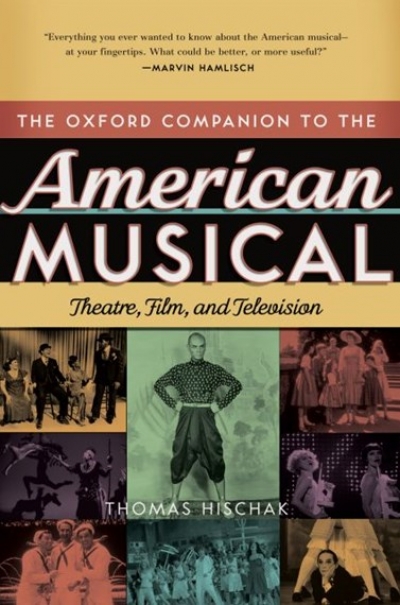Michael Morley
With its opening montage of colliding images – a knife being drawn across a whetstone, television footage of massed crowds, milling soldiers in combat fatigues, politicians alighting from cars, with linking television intertitles and an underlying soundtrack of pulsating drums – Ralph Fiennes’s and John Logan’s take on Coriolanus immediately establishes its connections to contemporary events.
... (read more)Finishing the Hat by Stephen Sondheim & Sondheim on Music by Mark Eden Horowitz
by Michael Morley •
Talking Theatre: Interviews with Theatre People by Richard Eyre
by Michael Morley •
Walter Benjamin and Bertolt Brecht: The Story of a Friendship by Erdmut Wizisla, translated by Christine Shuttleworth
by Michael Morley •
Directors/Directing: Conversations On The Theatre by Maria Shevtsova and Christopher Innes
by Michael Morley •
House Of Exile: The Life and times of Heinrich Mann and Nelly Kroeger-Mann by Evelyn Juers
by Michael Morley •
The Oxford Companion to the American Musical: Theatre, film and television edited by Thomas Hischak
by Michael Morley •








